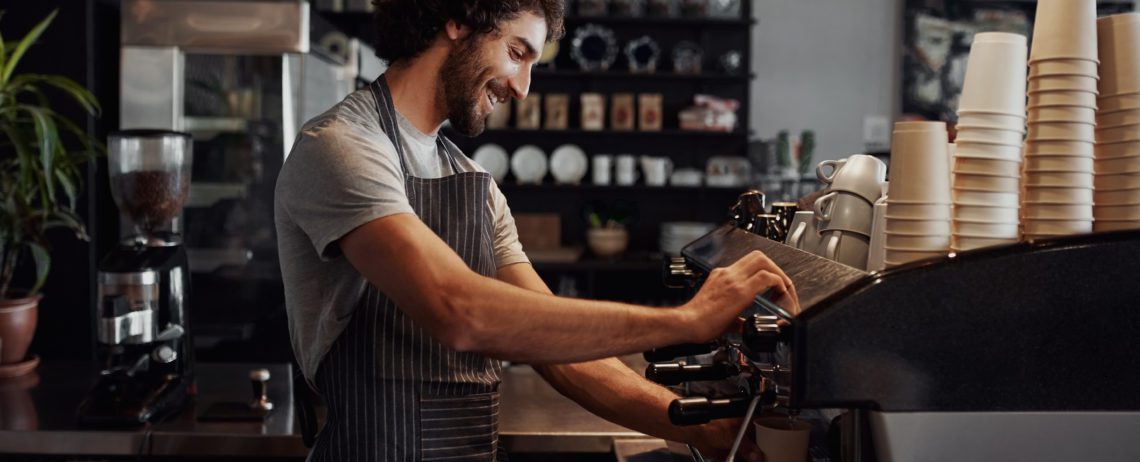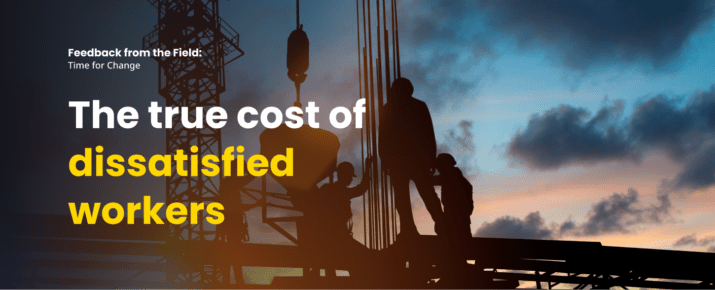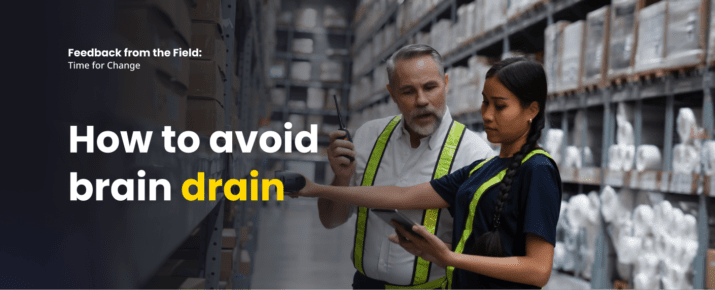The Future of Hospitality: Operations Trends for 2021
Feedback From The Field | Industry Trends | By | 4 Nov 2020 | 2 minute read

Mention end-to-end disruption, and the hospitality industry comes to mind. One of the hardest-hit sectors by COVID-19, many establishments are still finding ways to plate up safely while facing revenue declines of 40-50%.
The global pandemic accelerated trends that had been building for years and upended longstanding hospitality practices. Leaders in this space have been continually innovating and the prognosis for 2021 is looking up.
Where does the future of hospitality lie?
Five-star safety
Hospitality has traditionally been a service and quality-focused industry. Safety was always an assumption underpinning operations. Now, it’s a customer-facing value proposition that will attract customers now and into the future.
In New York City, restaurant Cafe du Soleil set the standard with plastic dining domes called “space bubbles” to cushion patrons from the cold weather and provide them with a novel experience. Hotels like the Nobu Ryokan in Malibu USA have led the charge on innovating on the little details — swapping out welcome baskets with hygiene kits. But instead of eye masks and hand creams, they’re including face masks and hand sanitizers.
The wet floor sign approach
When businesses take a wet floor sign approach, they mitigate future risk by setting in place short term initiatives like cleaning checklists and safety marshalls. Upon reopening to the public, Snooze Eatery created the role of the ‘Safety Dancer’. Safety Dancers maintain the safety of the venue, keeping on top of cleaning, sanitizing, and capacity limits with the help of iAuditor.
With short term practices in place, you can start to inform a long-term safety strategy. This includes proceduralizing your approach to cleanliness, building out health and safety teams, and developing hazard reduction plans based on feedback from staff.
Human-centered contactless experiences
Contact tracing QR codes (built using the best QR code generator), automated assistance, and contactless payments have paved the way for a new wave of customer expectations. It’s no longer a matter of who adopts new technology the fastest. Technology is an expectation already.
Service will always underpin the hospitality industry, even as personal interaction takes a backseat. Find new opportunities to humanize technology and give it the five-star treatment. For example, a cafe server can address a customer by their name based on data from their contact tracing check-in — a service that was once limited to high-end establishments.

How to deliver a safety-first hospitality operation
The current hospitality climate has its challenges. Here’s how to prepare for the future with safety at the forefront:
- Lead your pack. People are at the heart of your safety strategy and are often the most unpredictable to manage. Ongoing staff training based on evolving standards and improved internal communication can help your staff take pride in where your business is going.
- Optimize processes. With safety being the new standard in the face of rising operational costs, optimization of processes is necessary. Using iAuditor, implement daily checks and use the data to fine-tune operations. Our free COVID-19 response resource will help you stay on top of evolving regulations.
- Establish clear lines of communication. The ability to satisfy and anticipate evolving customer needs is a significant challenge. Open up lines of communication through your marketing channels, allowing customers to provide feedback via surveys and polls.
Important Notice
The information contained in this article is general in nature and you should consider whether the information is appropriate to your specific needs. Legal and other matters referred to in this article are based on our interpretation of laws existing at the time and should not be relied on in place of professional advice. We are not responsible for the content of any site owned by a third party that may be linked to this article. SafetyCulture disclaims all liability (except for any liability which by law cannot be excluded) for any error, inaccuracy, or omission from the information contained in this article, any site linked to this article, and any loss or damage suffered by any person directly or indirectly through relying on this information.





